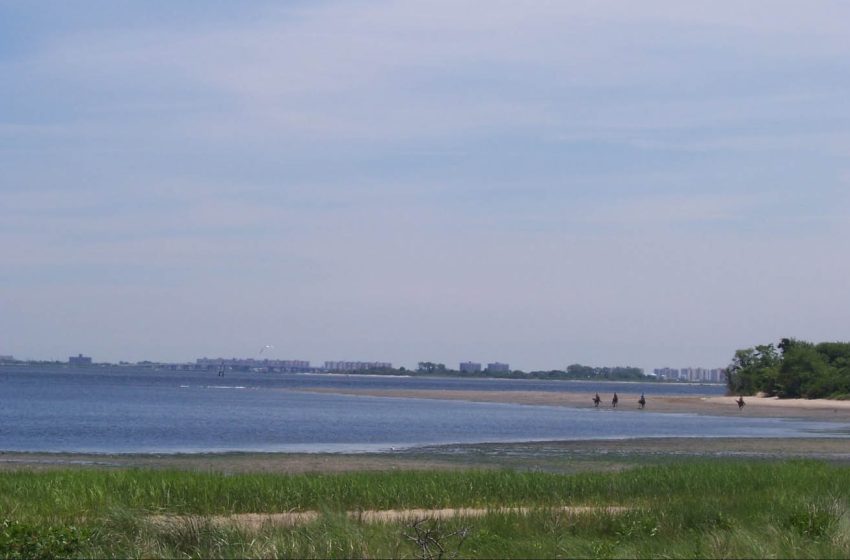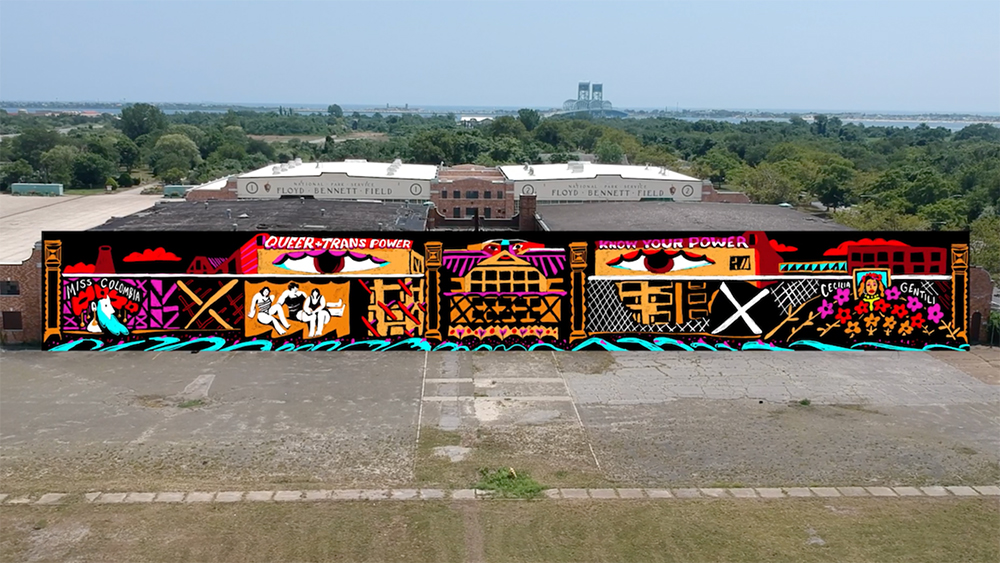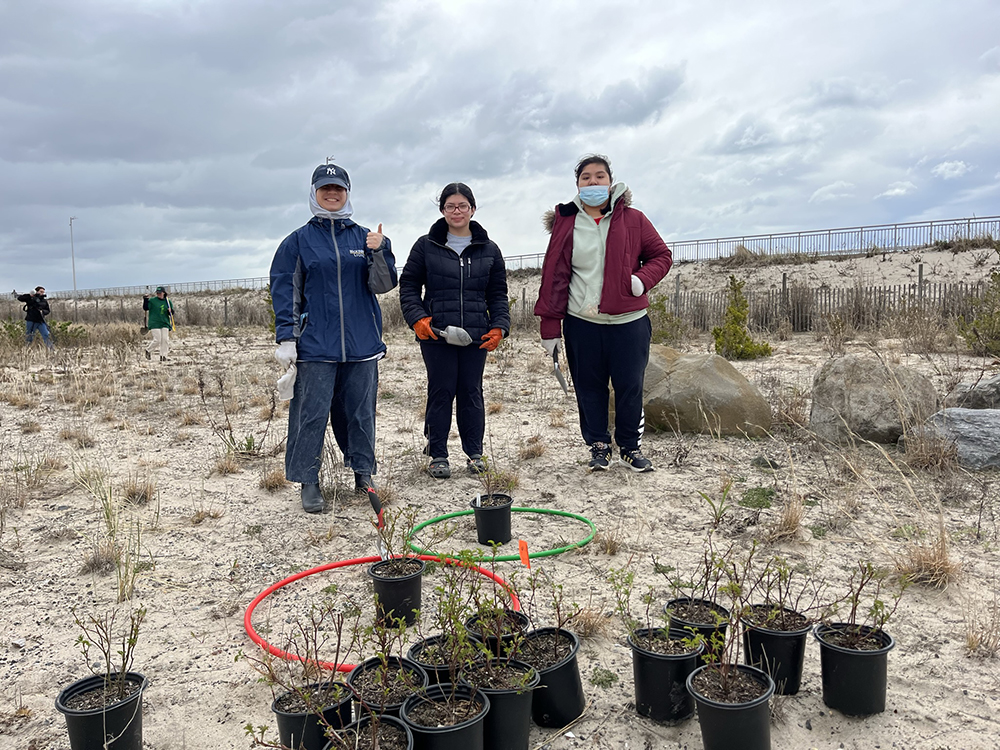What’s in a Name? Bergen Beach, Mill Basin

Today, we recognize Bergen Beach and Mill Basin as peninsulas along the northwest of Jamaica Bay. However, they were at one time entirely detached from Brooklyn, and the process of their name changes indicates that transformation.
The earliest recorded name of Bergen Beach was Winipague, which in the Munsee language used by the Canarsie, denotes the “place of fine water.” Interestingly enough, the Canadian city of Winnipeg’s name is rooted in the Western Cree—also an Algonkian language—word for “muddy water.” According to author Reginald Bolton, Winipague was an island where the Canarsie produced wampum for their local economy. Winipague was included in the dubious 1636 lease in which Canarsie leaders granted the region of Keskateuw to Gerritse Van Couwenhoven. In 1646, Governor William Kieft then granted a patent for Meuters—the Dutch word for mother—Island to Captain John Underhill. The property exchanged hands several times until it was retained by descendants of Norwegian colonizer Hans Hansen Bergen, who immigrated to New Amsterdam in 1633. By the 19th century, Winipague was known colloquially as Bergen Island to honor Hans. An oceanside amusement park named Bergen Beach operated along the shore from 1893 to 1919, until a series of fires and other misfortunes put the park under. Coincidentally, the park closed the same year that Old Dam Creek, which separated Bergen Island from Brooklyn, was buried to encourage residential growth and brought about the new name, Bergen Beach.
South of Winipague is the portion of Keskateuw known as Equendito, or “broken land,” by the Canarsie. The second largest island in the archipelago became known as Mill Island in the late 17th century after Jans Martense Schenk, who purchased the land in 1675, built the tide mill that provided the island’s namesake. Mill Island was transformed into an industrial site in the latter half of the 19th century, and between 1915 and 1926, the topography was altered to the extent that a name change was necessary. To provide fill for the Flatbush Avenue extension, a channel was dredged from the Bay into the system of Equendito’s creeks at Mill Island. Furthermore, Mill Creek, once located where Avenue U runs today and separated Mill Island from Brooklyn, was filled in. These changes created the contemporary form of Mill Basin out of Mill Island, whereas the name suggests fresh waters are redirected, contained, and flow into Jamaica Bay.
While earnest residential development of Mill Basin began in the 1950s, the basin fulfills the historic role of Equendito’s former creeks and provides a source of freshwater for Jamaica Bay, the brackish estuary at the heart of Gateway. Bergen Beach, on the other hand, never saw the same kind of residential growth; what little it did see also came in the mid-20th century. However, the portion of Bergen Beach in Gateway does retain its recreational legacy. In particular, the property where Jamaica Bay Riding Academy operates a 400-acre horseback riding facility where riding rings, wooded trails, and sandy beaches accommodate riders of all levels.


